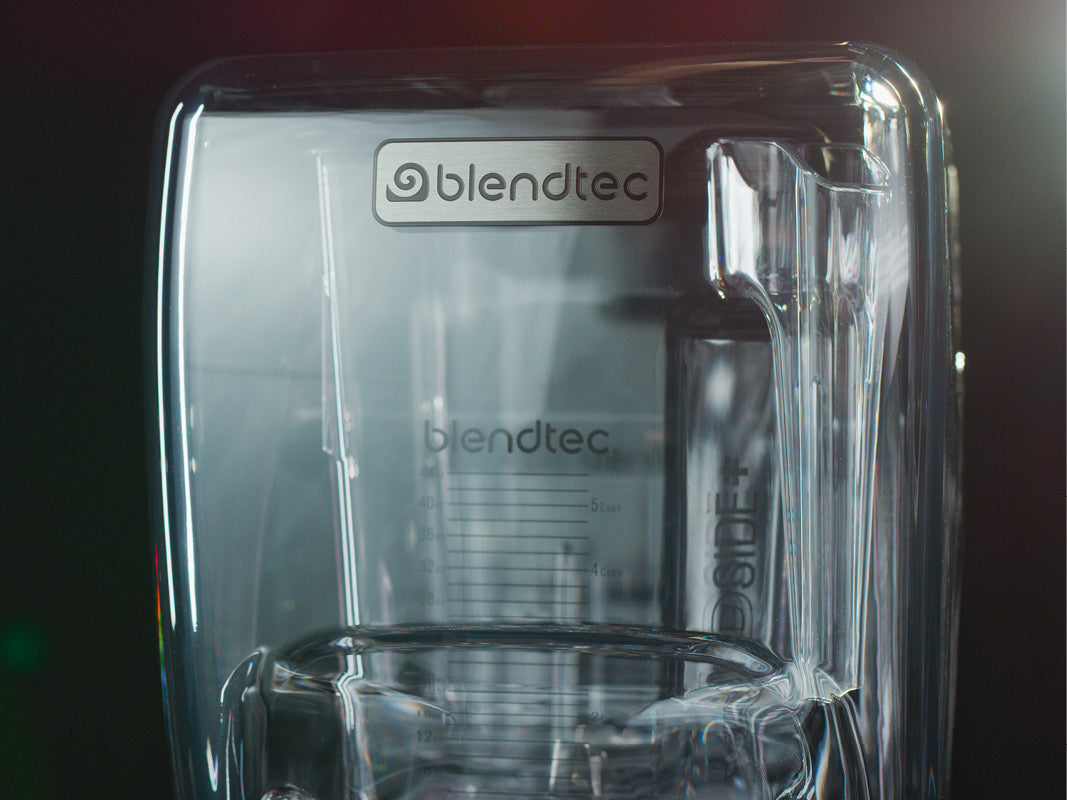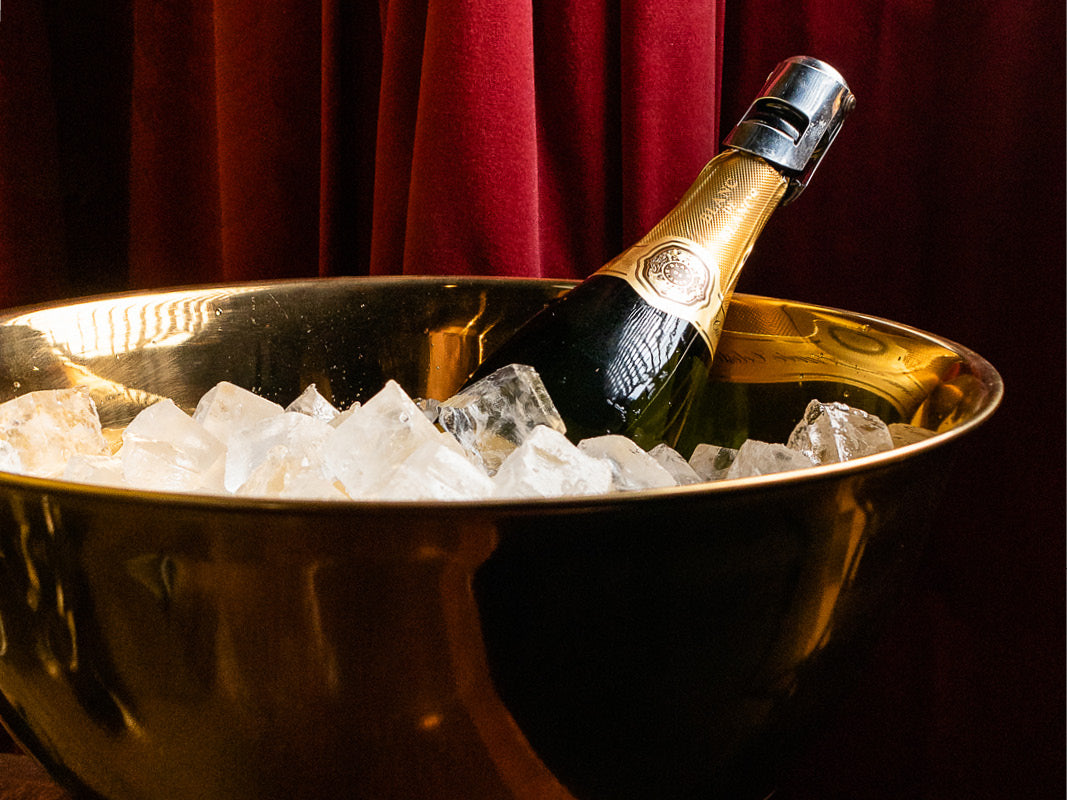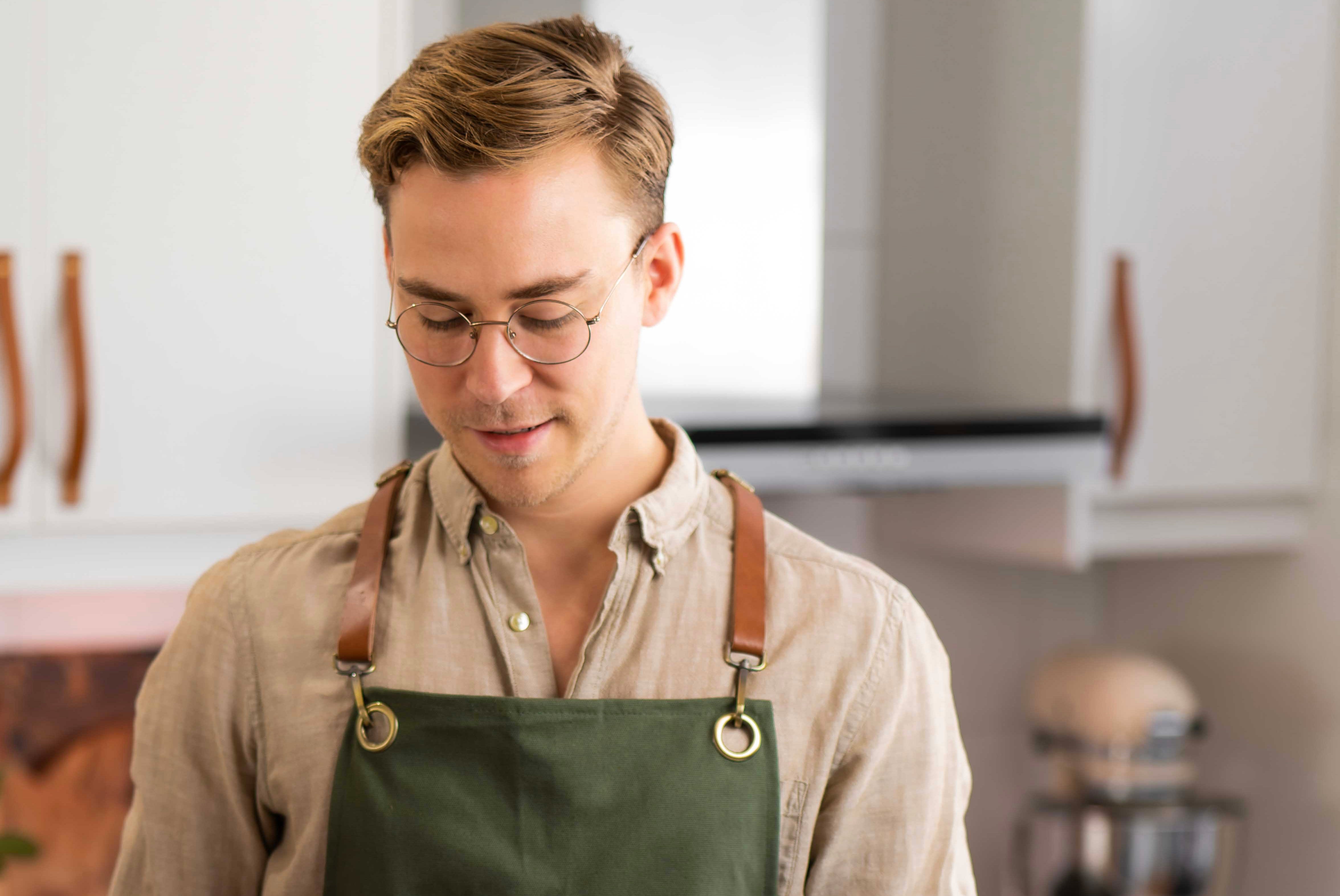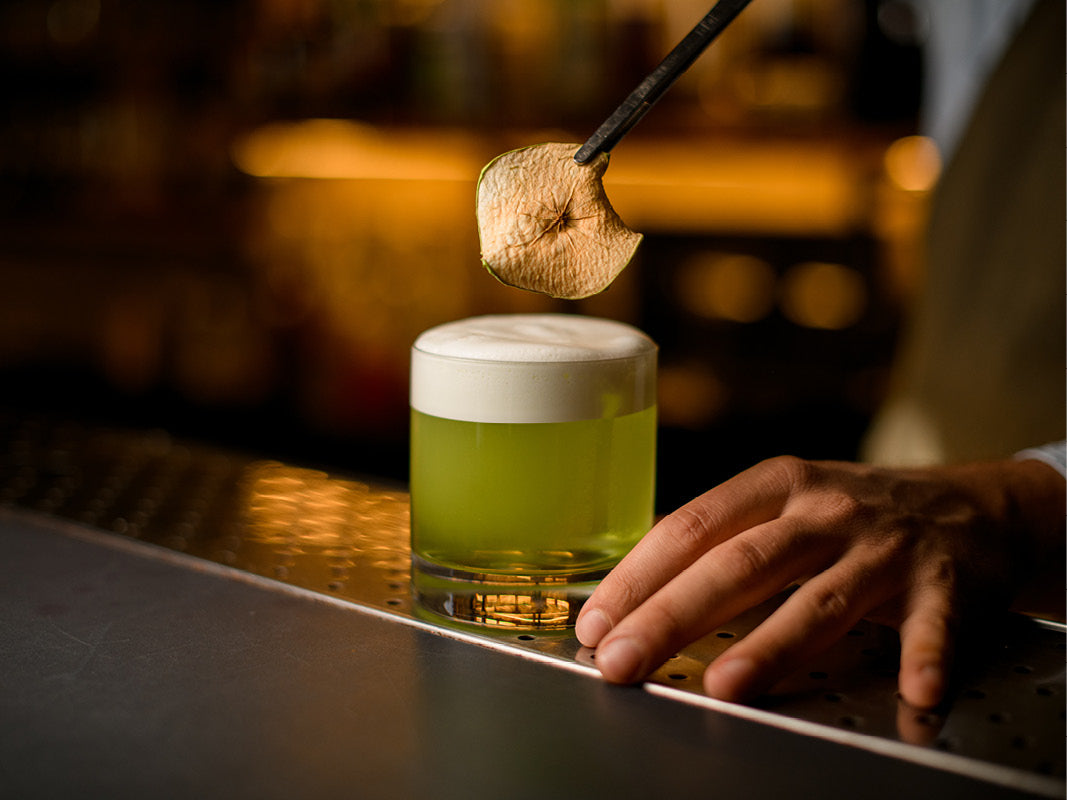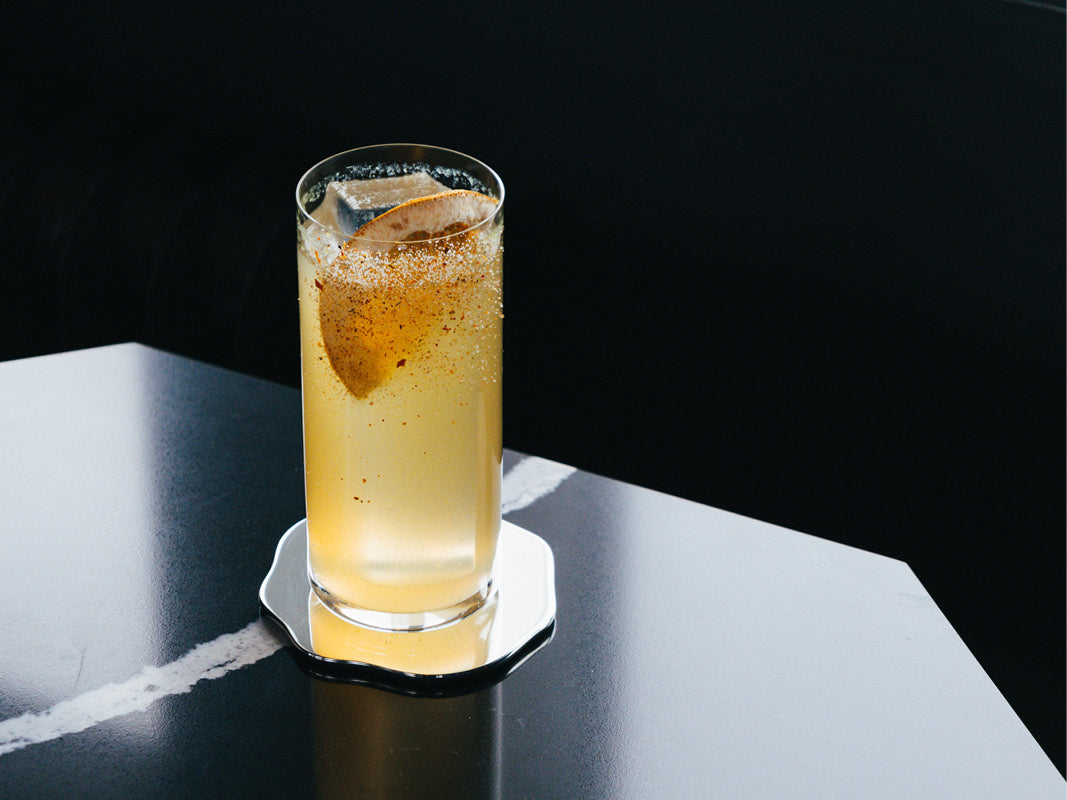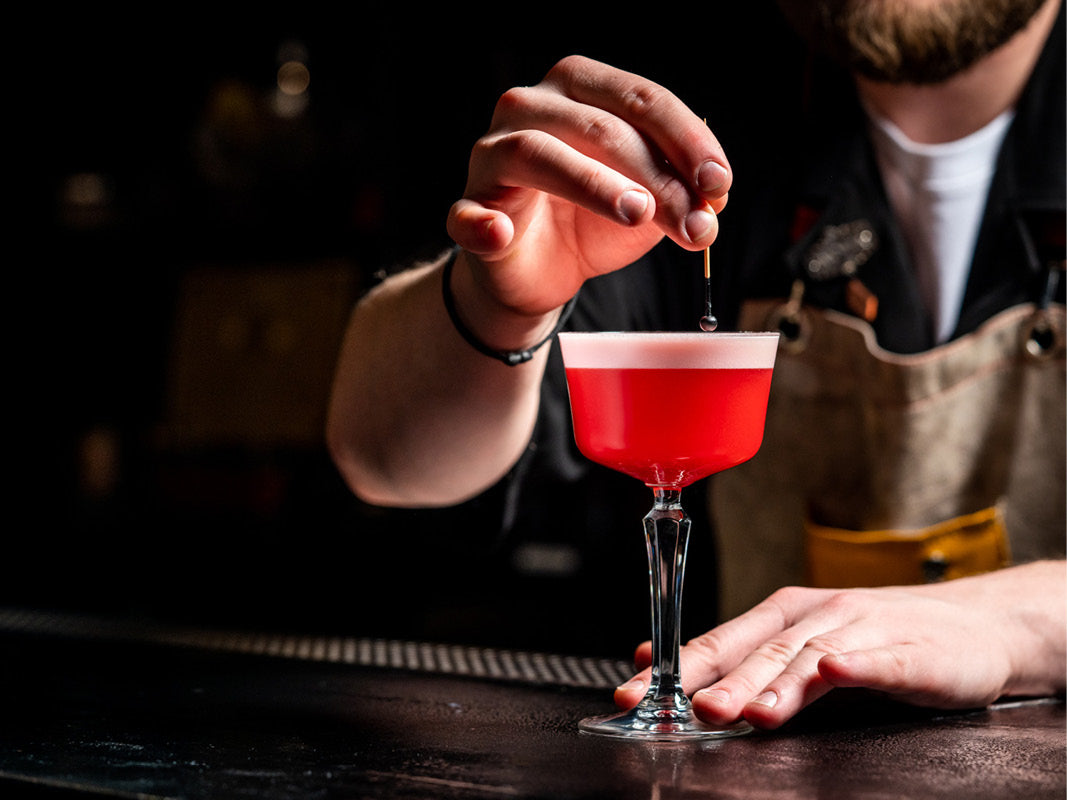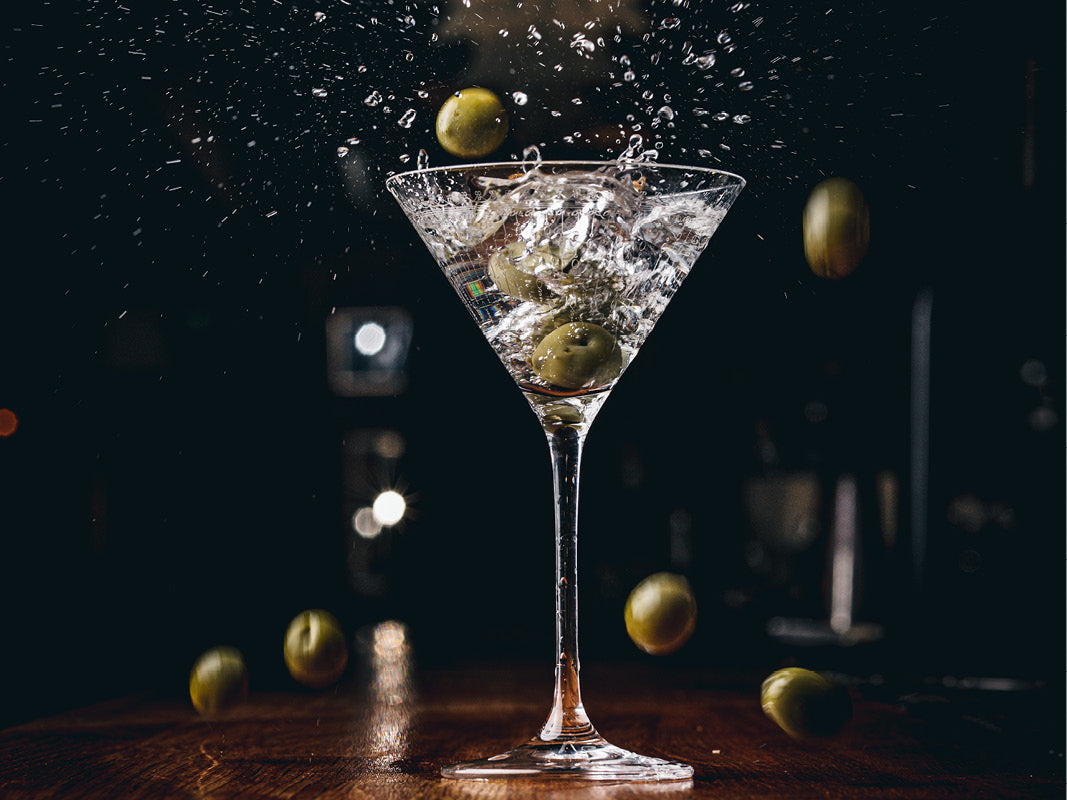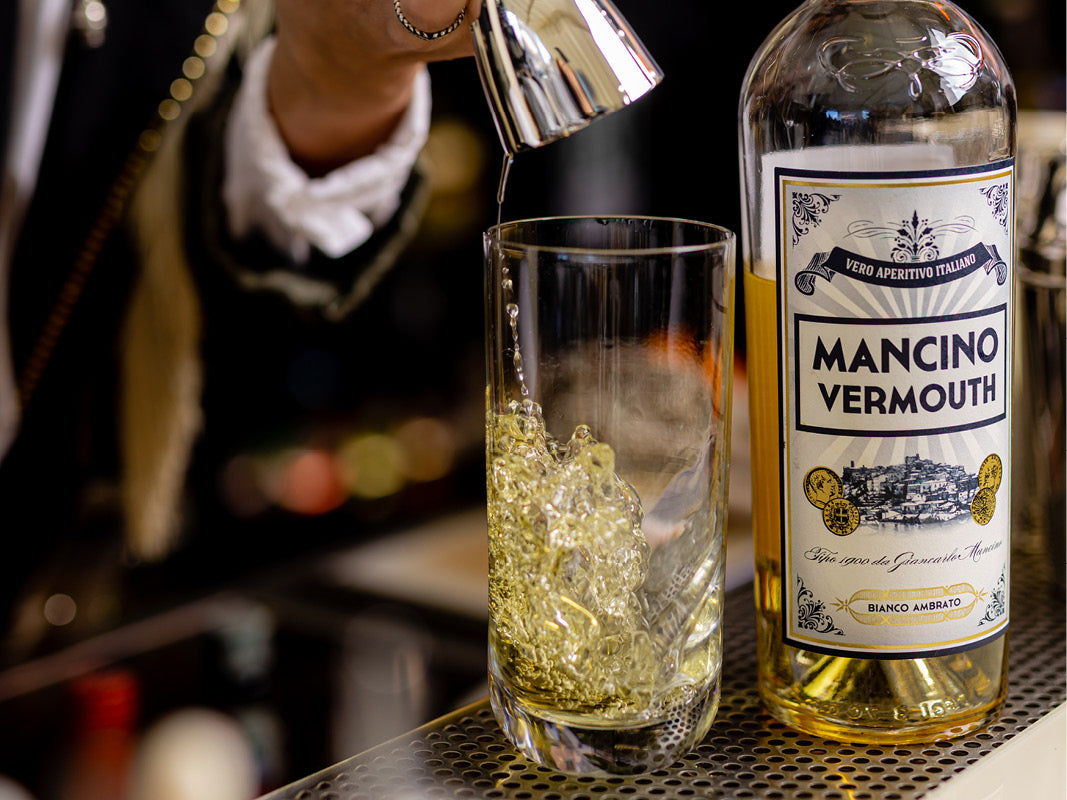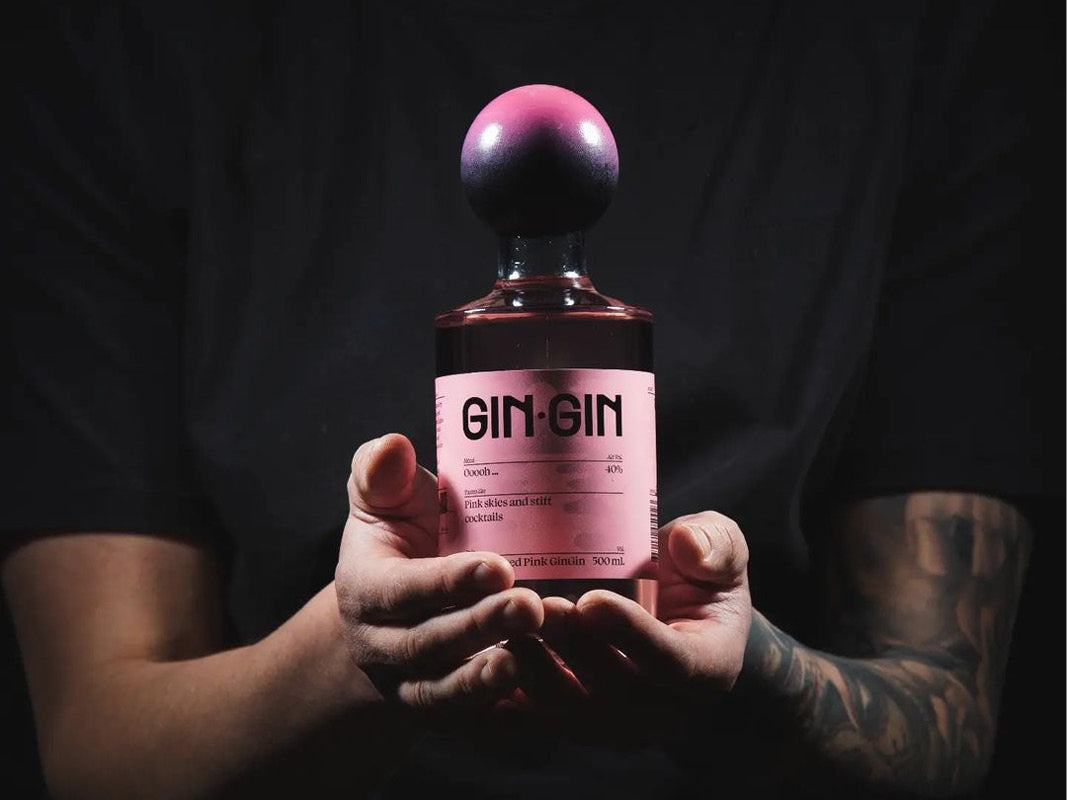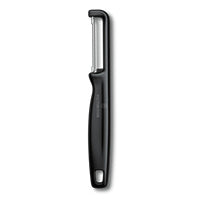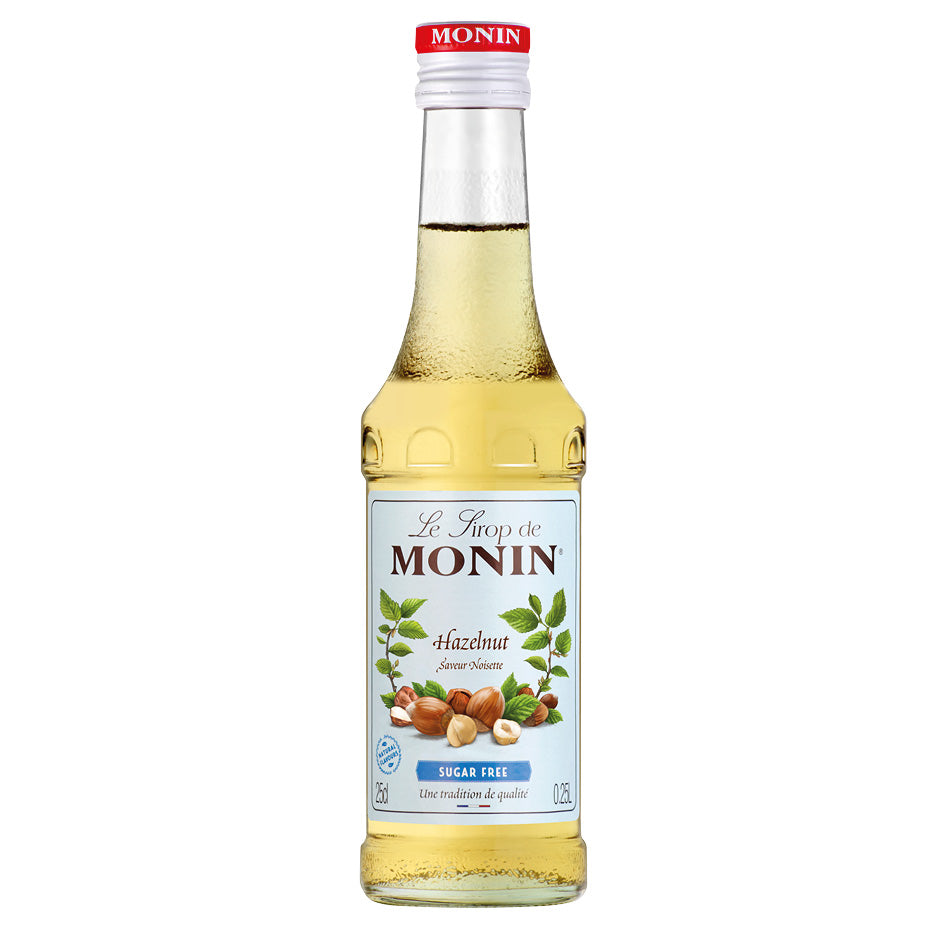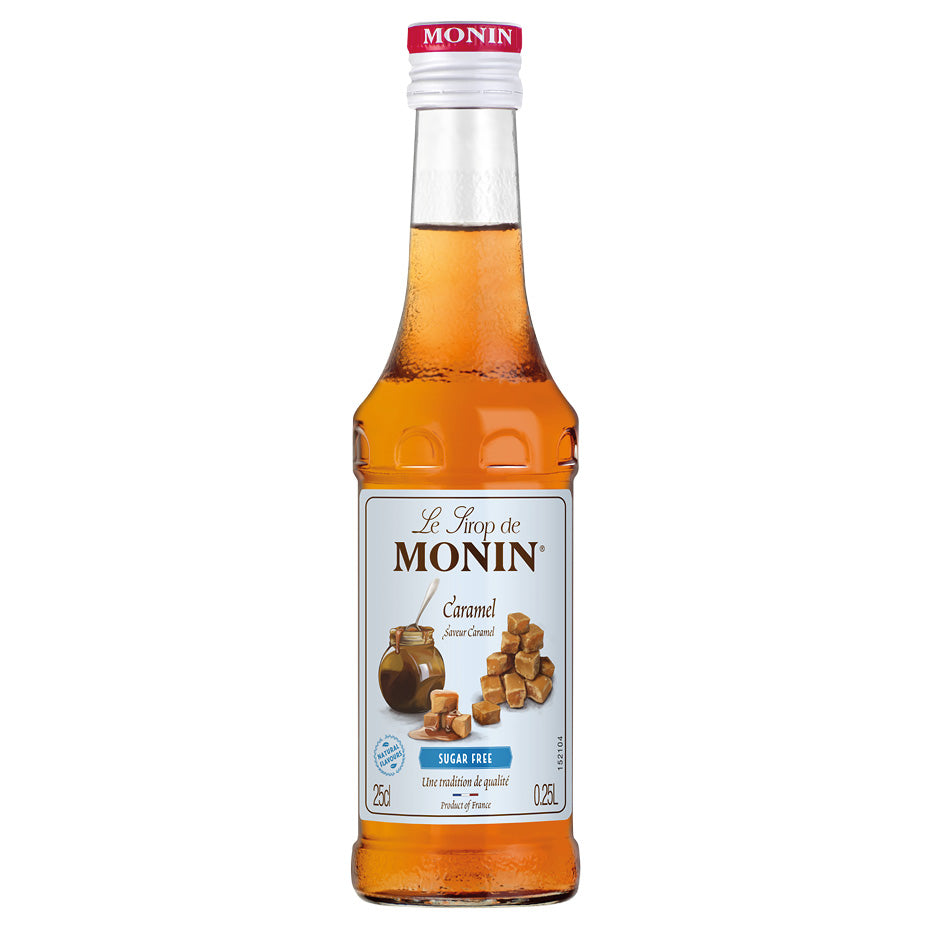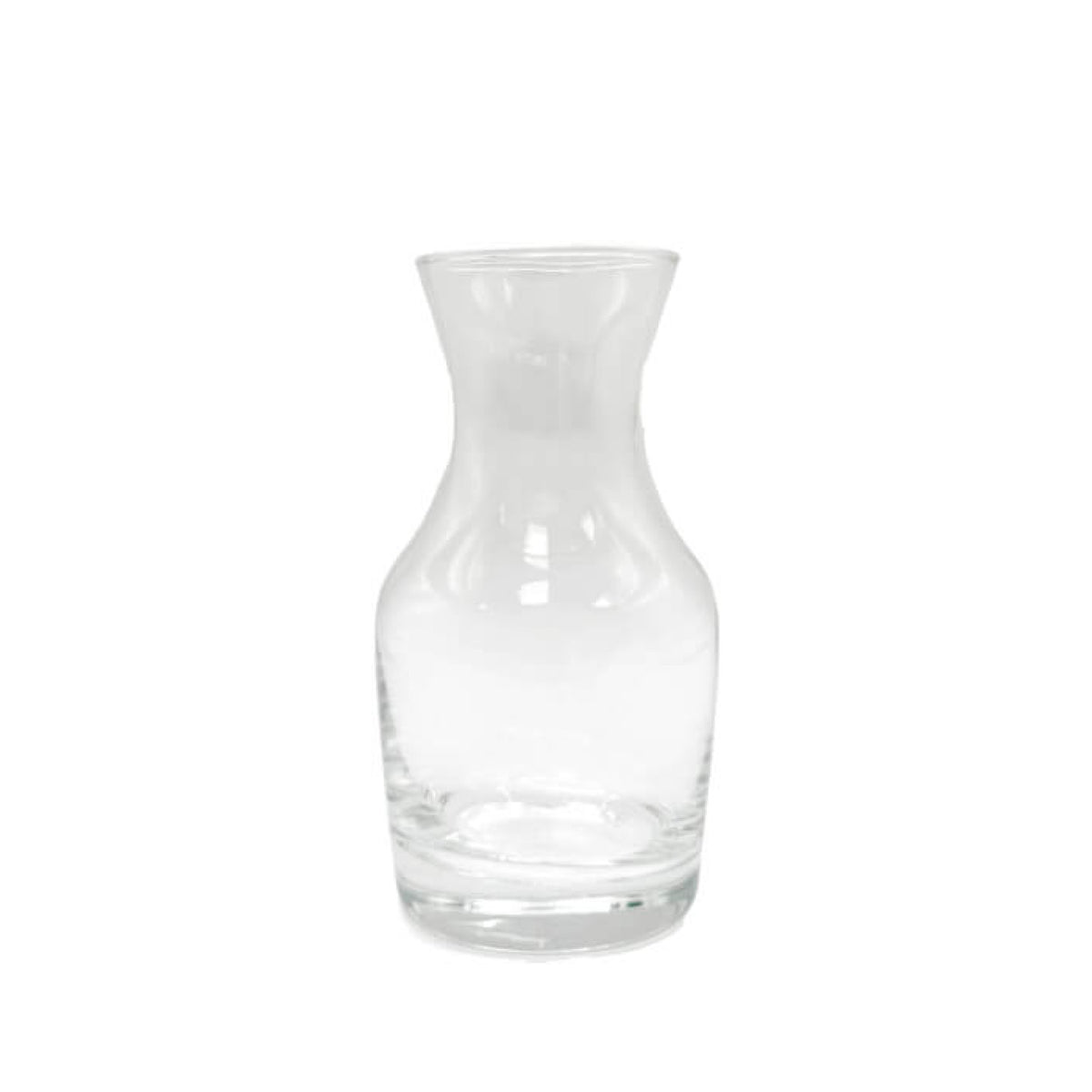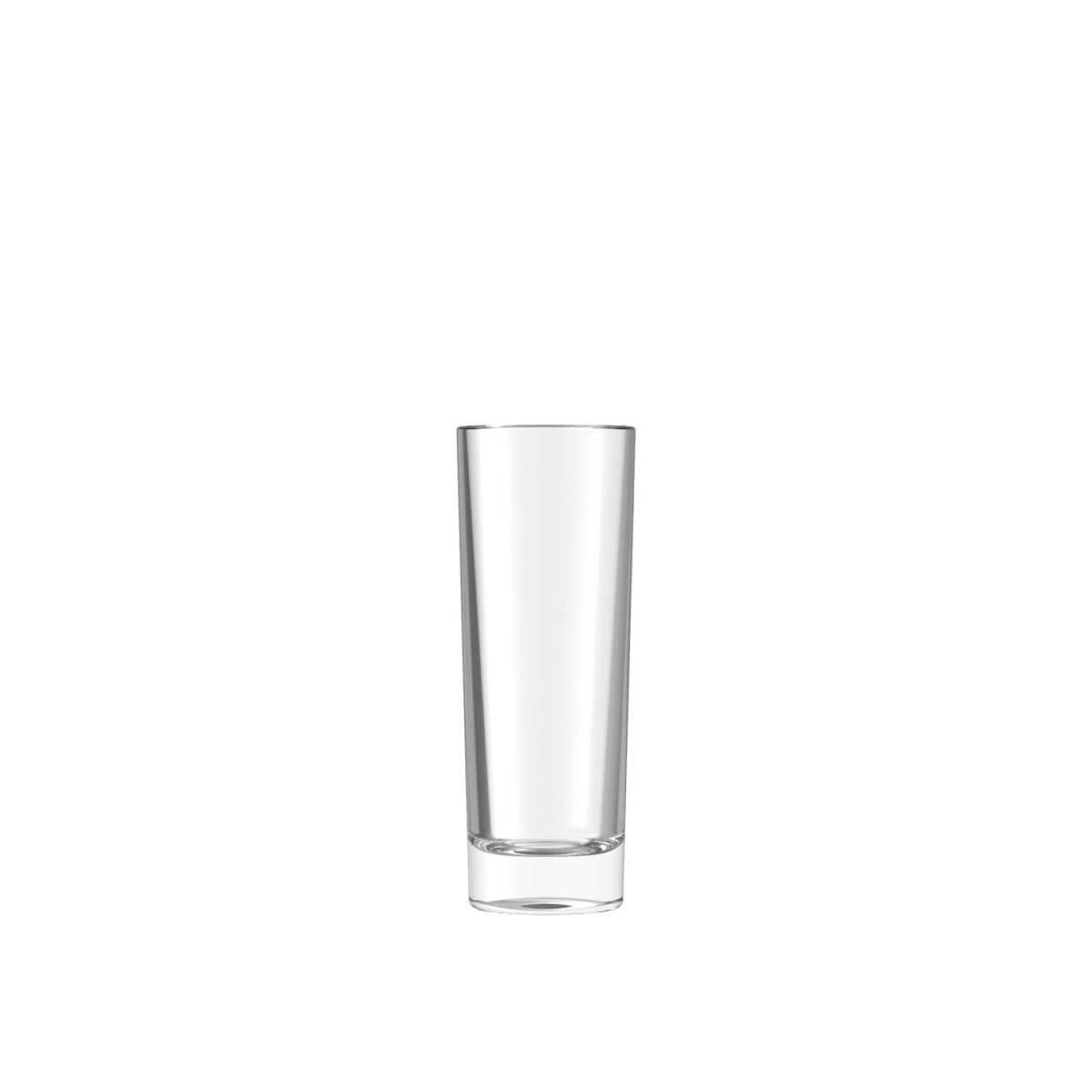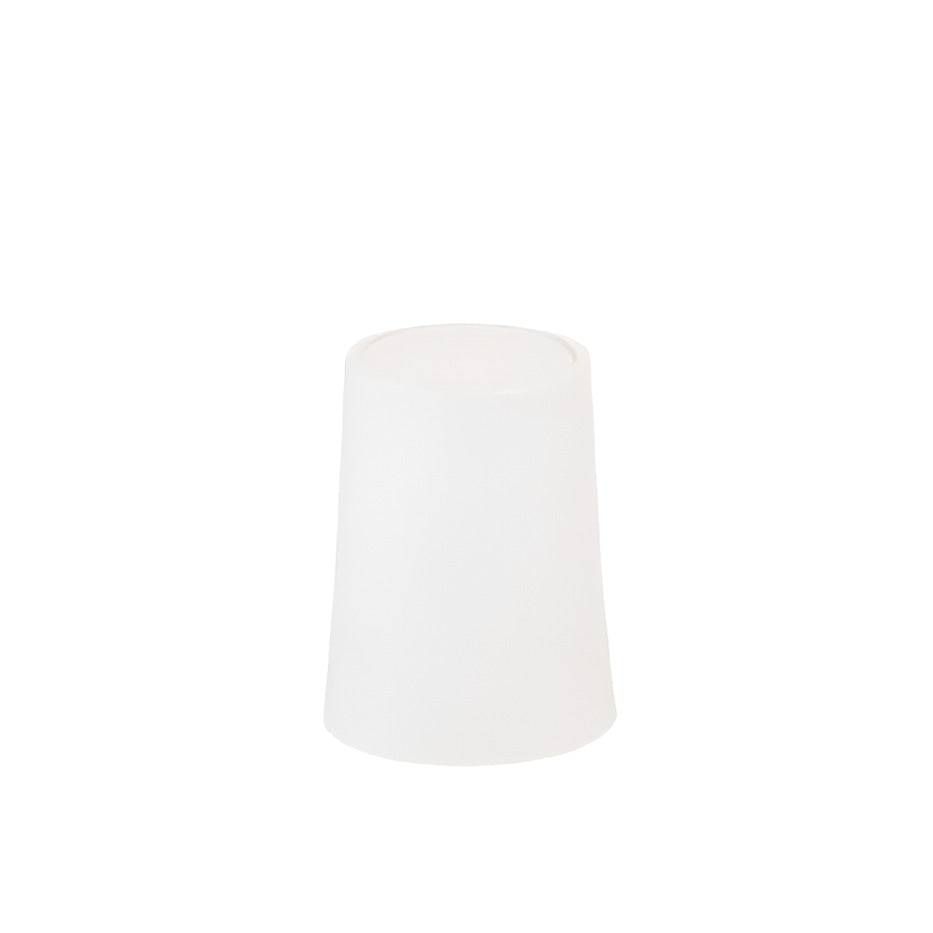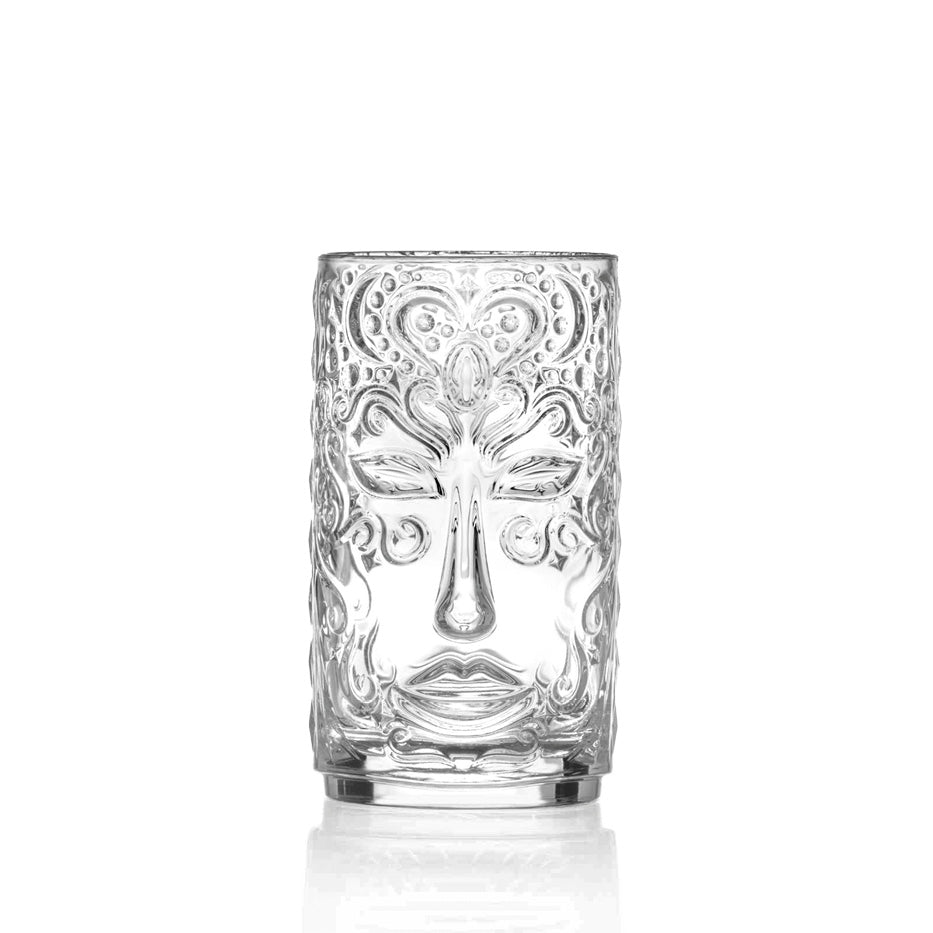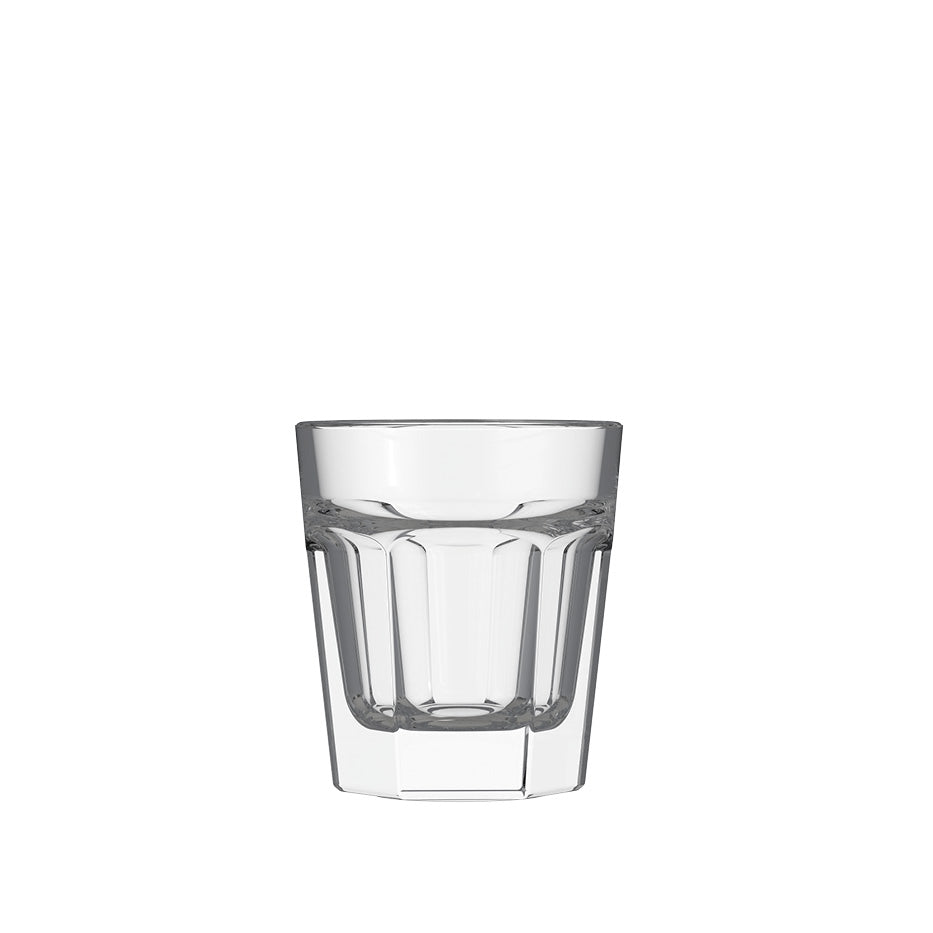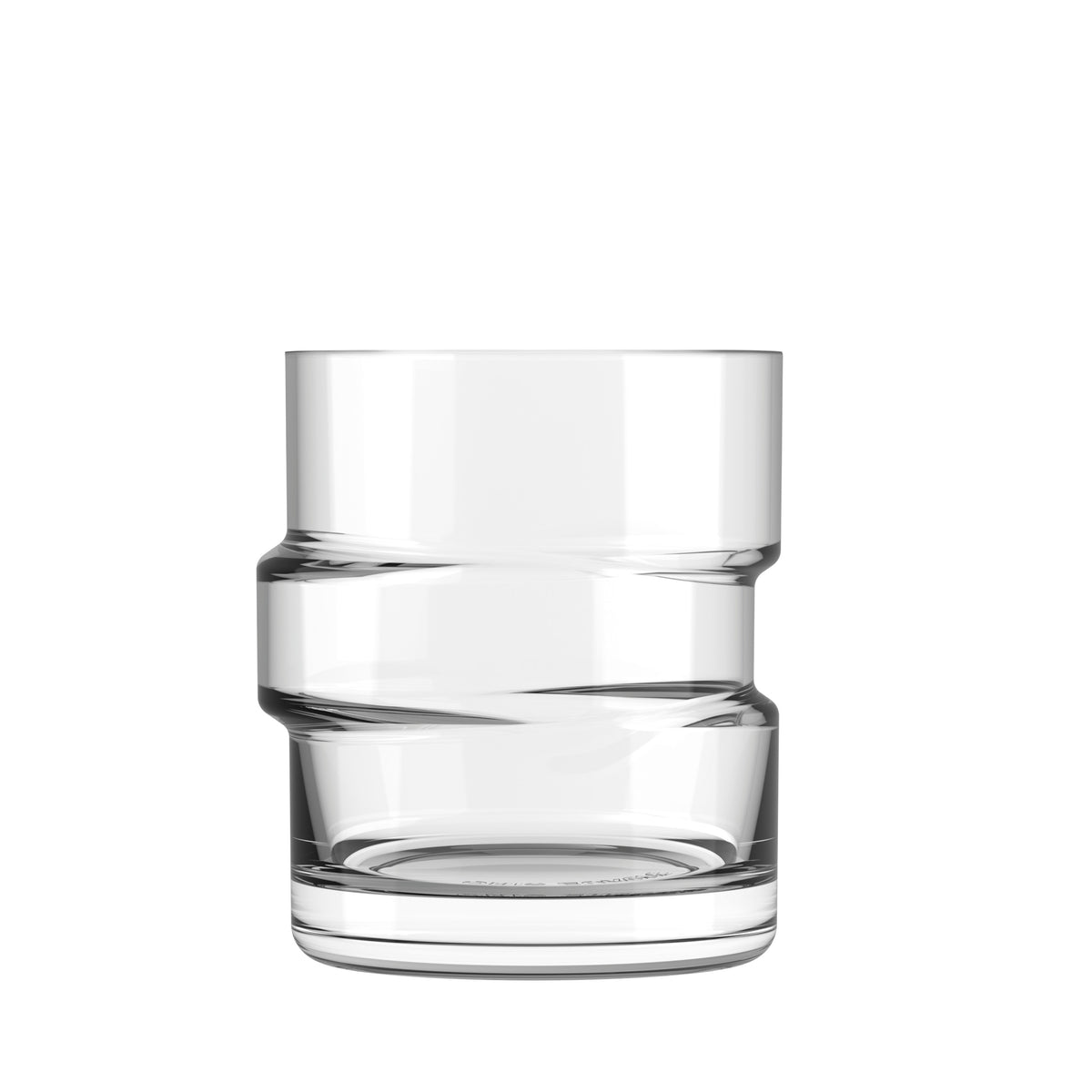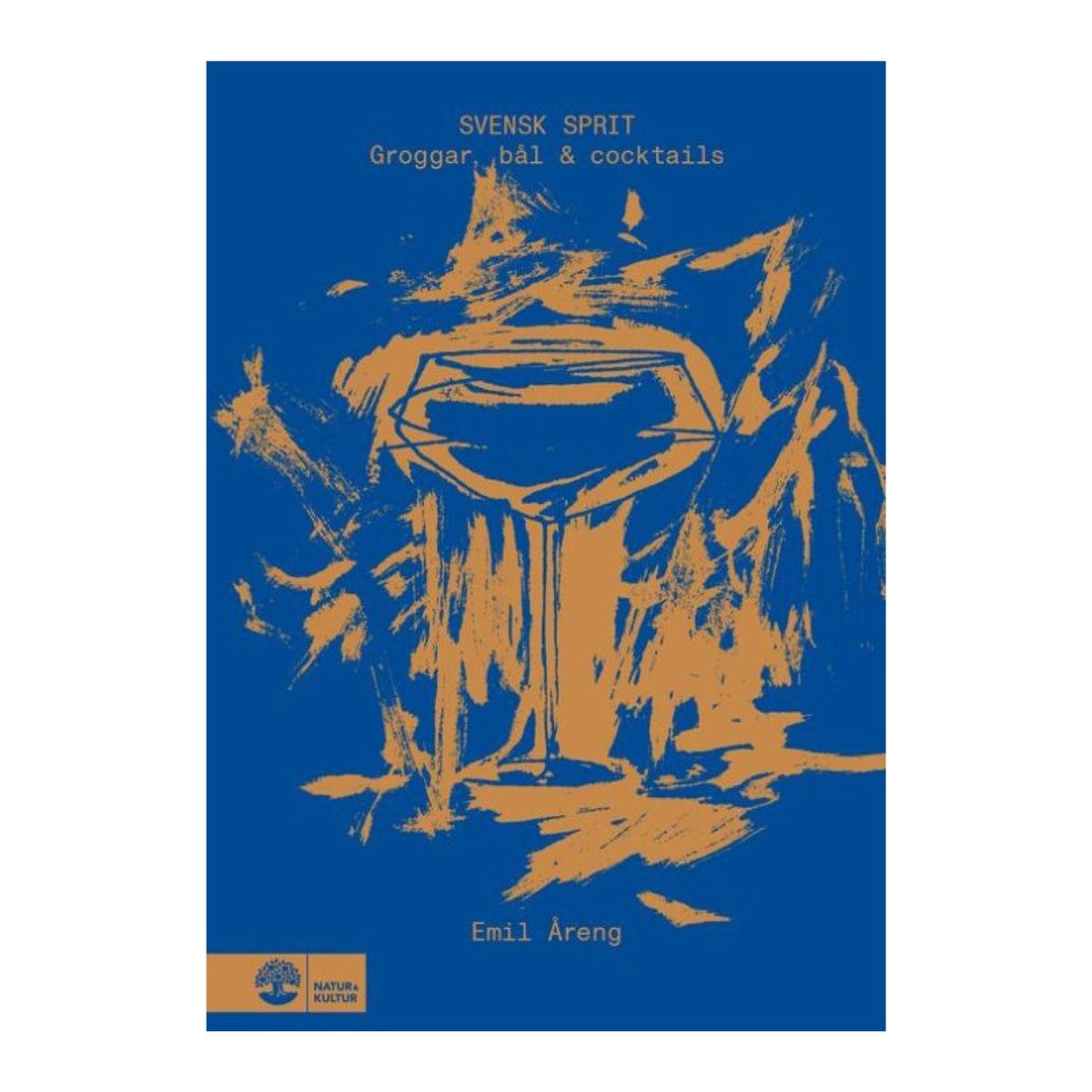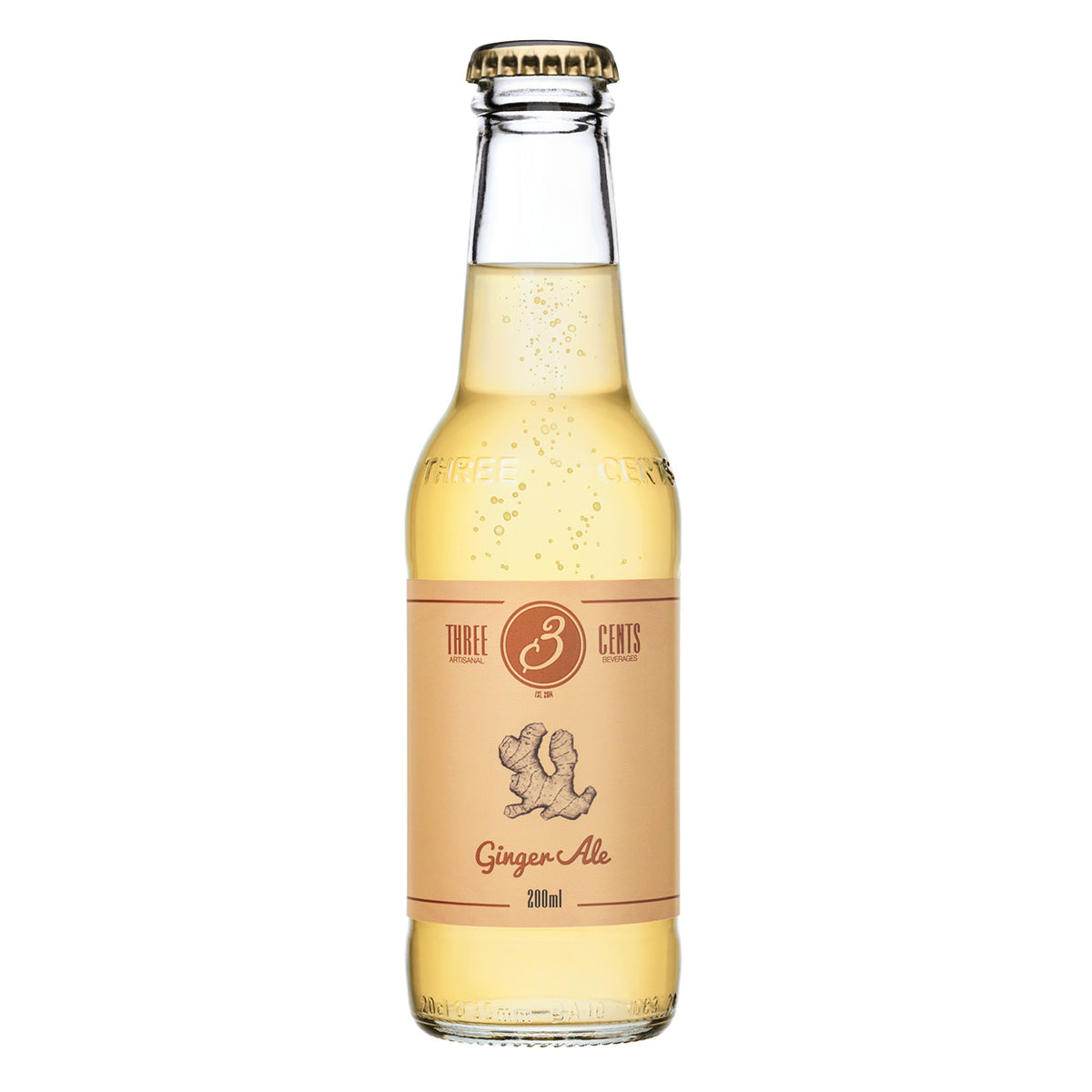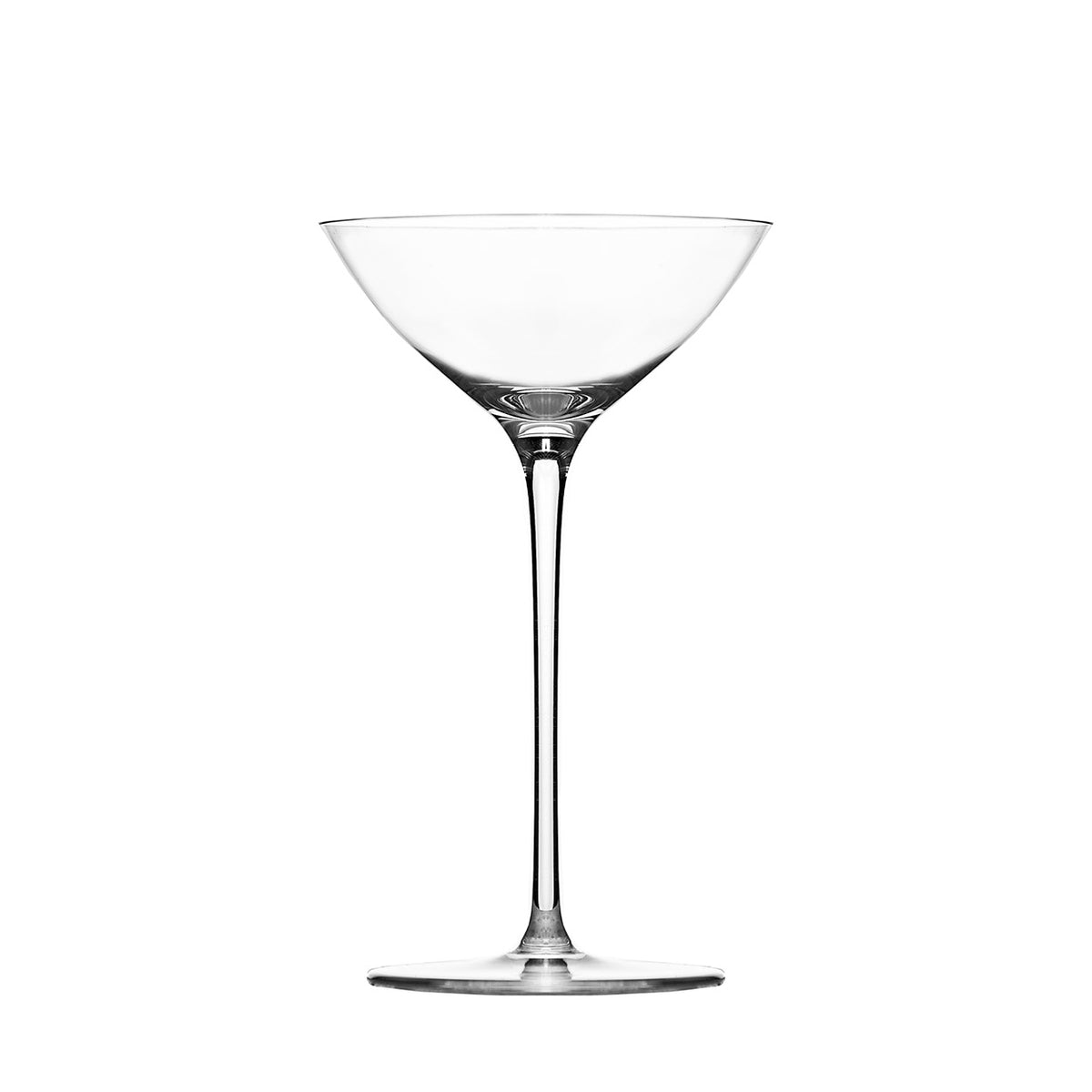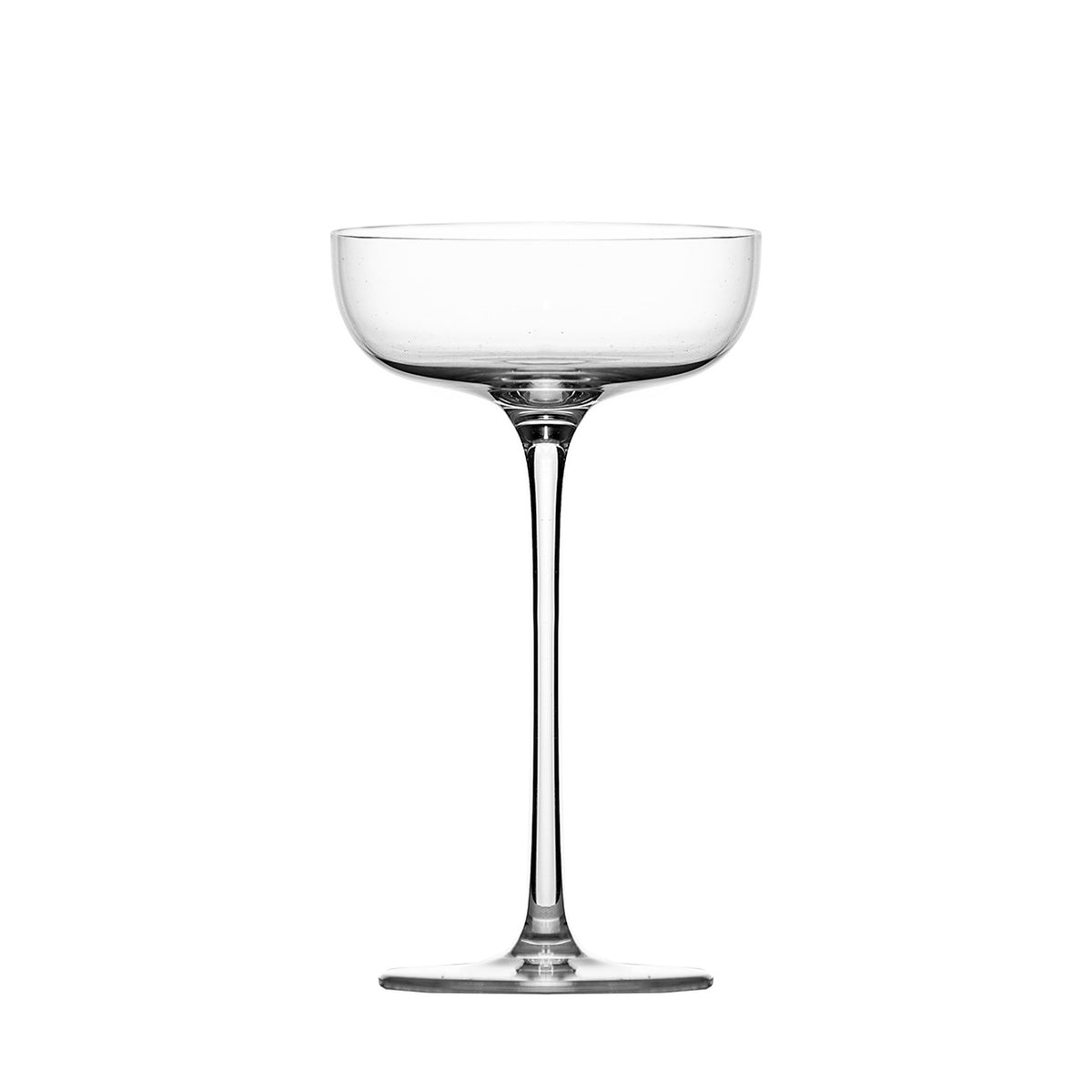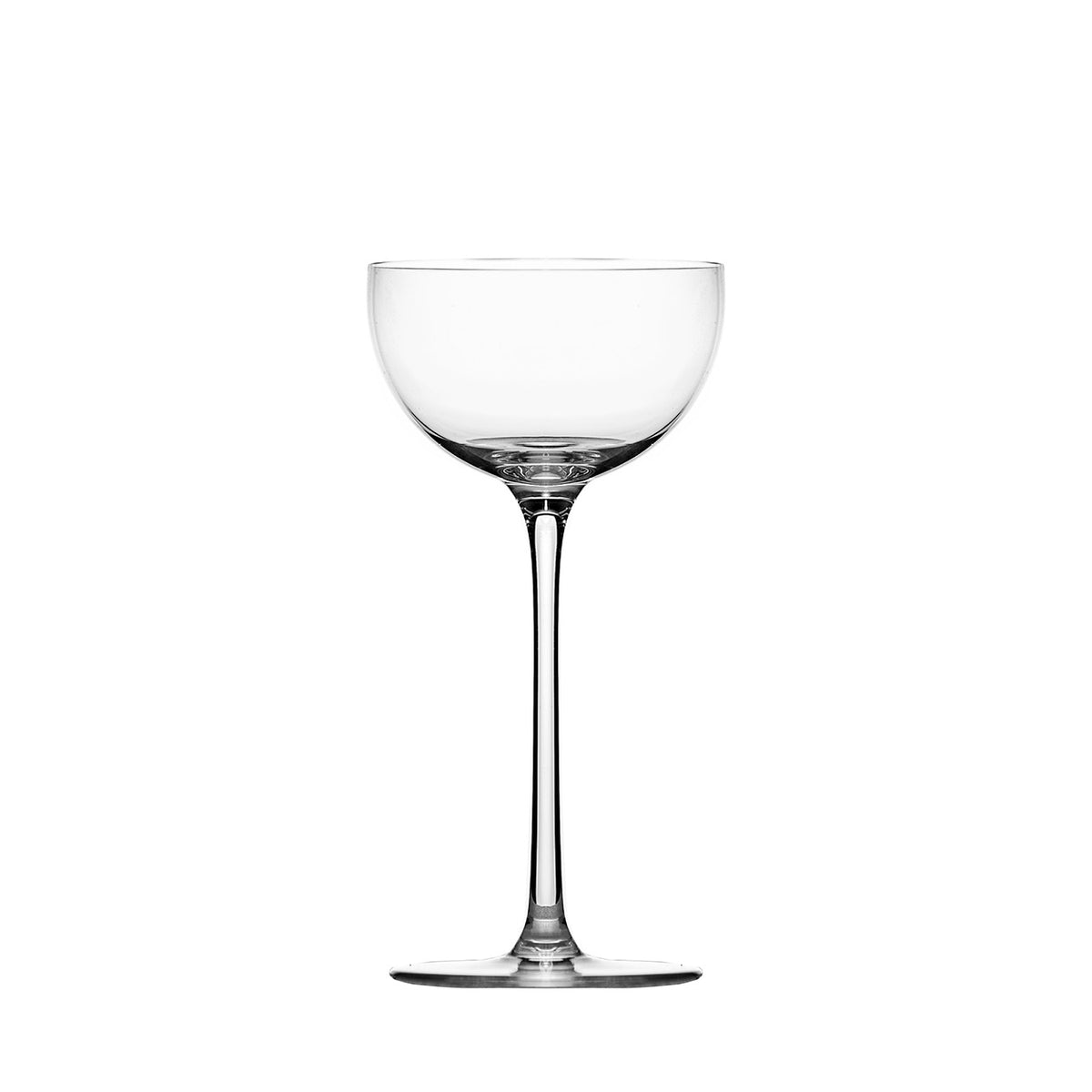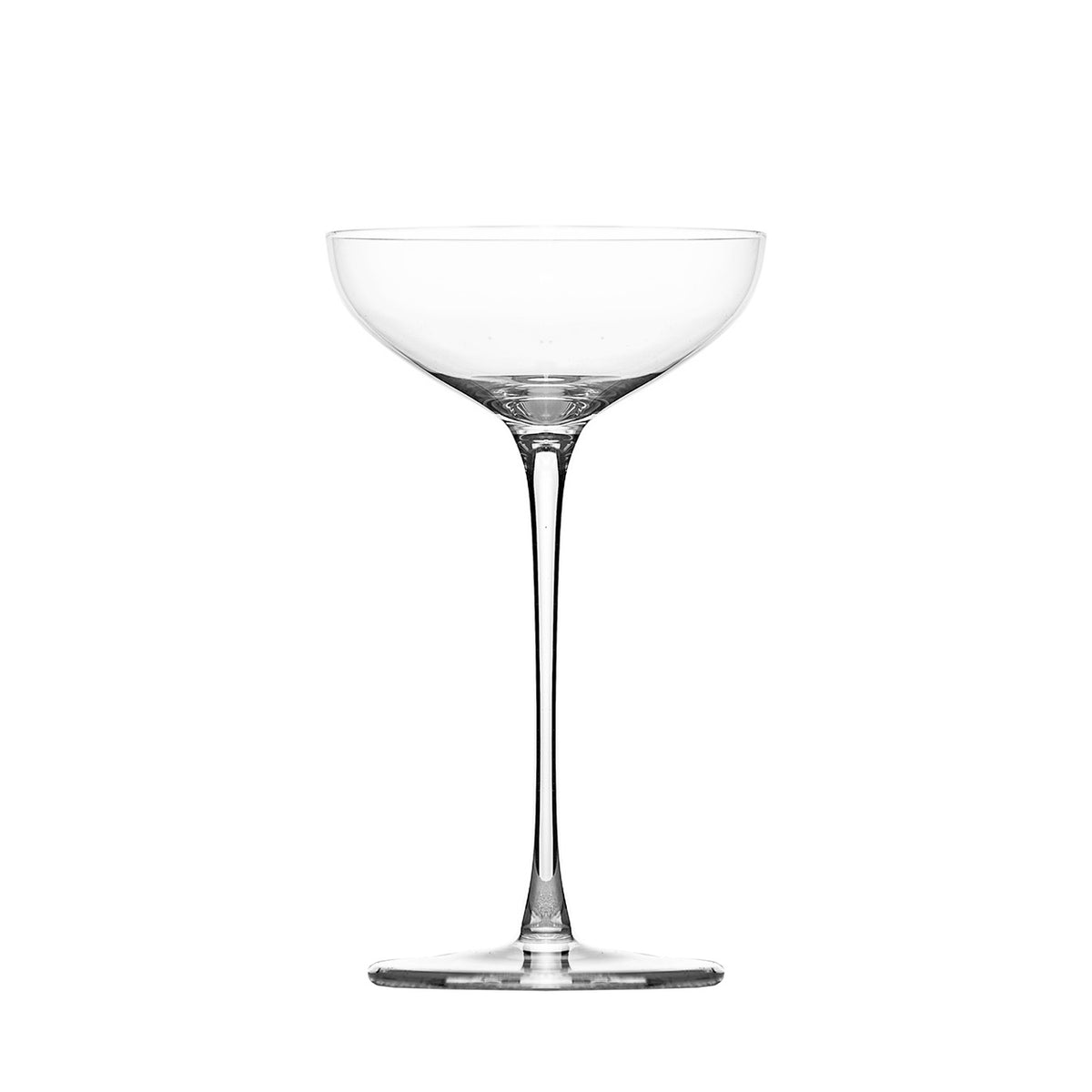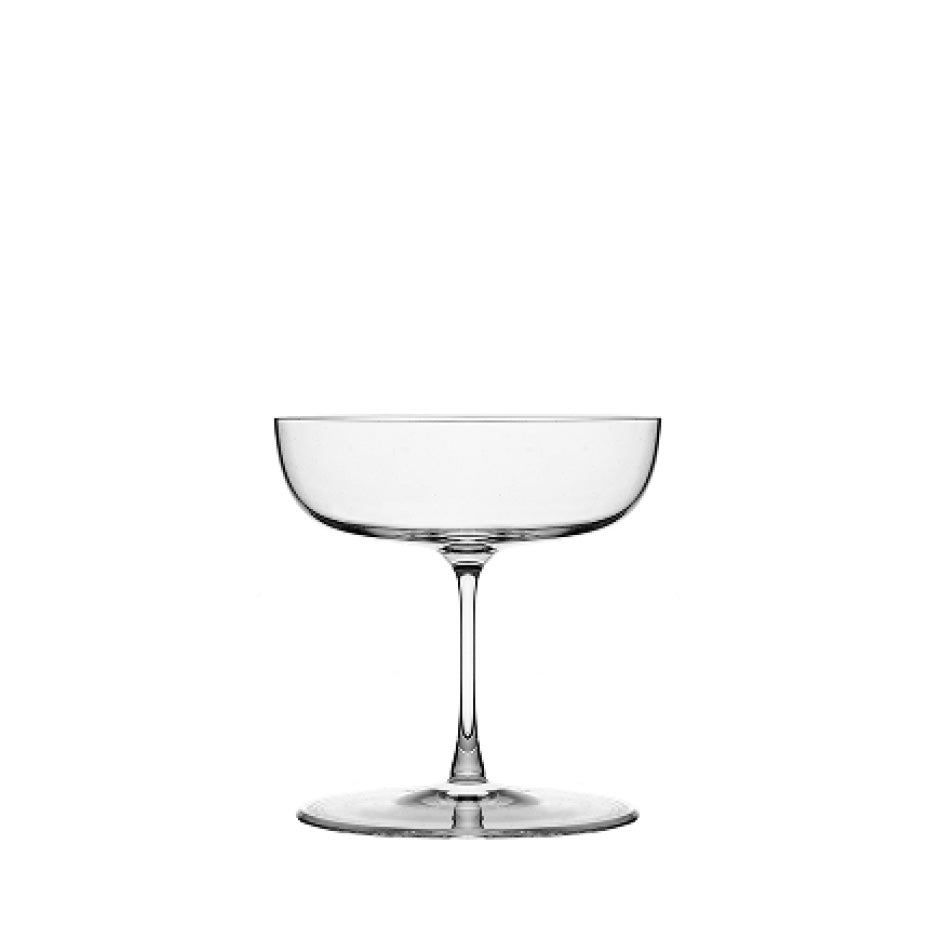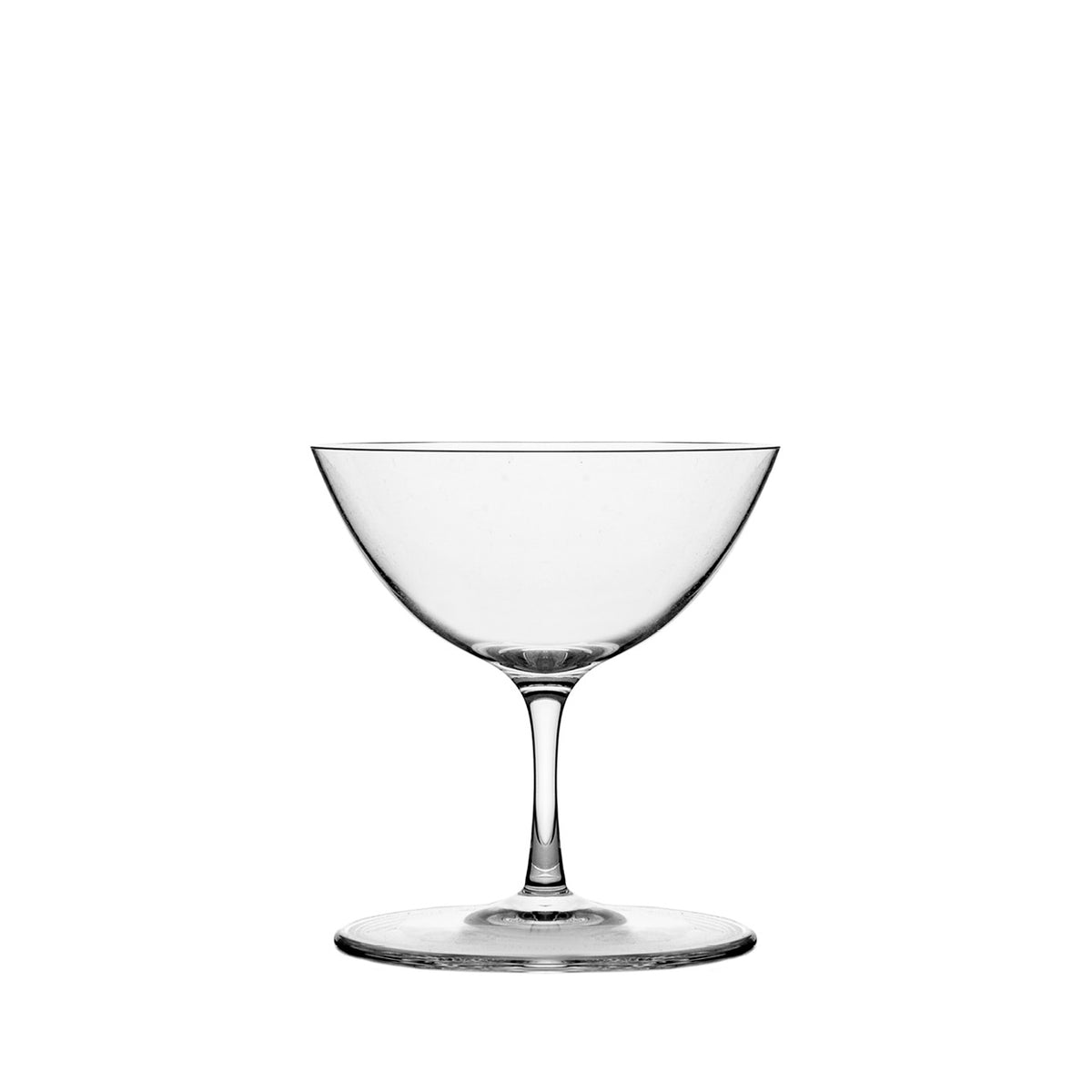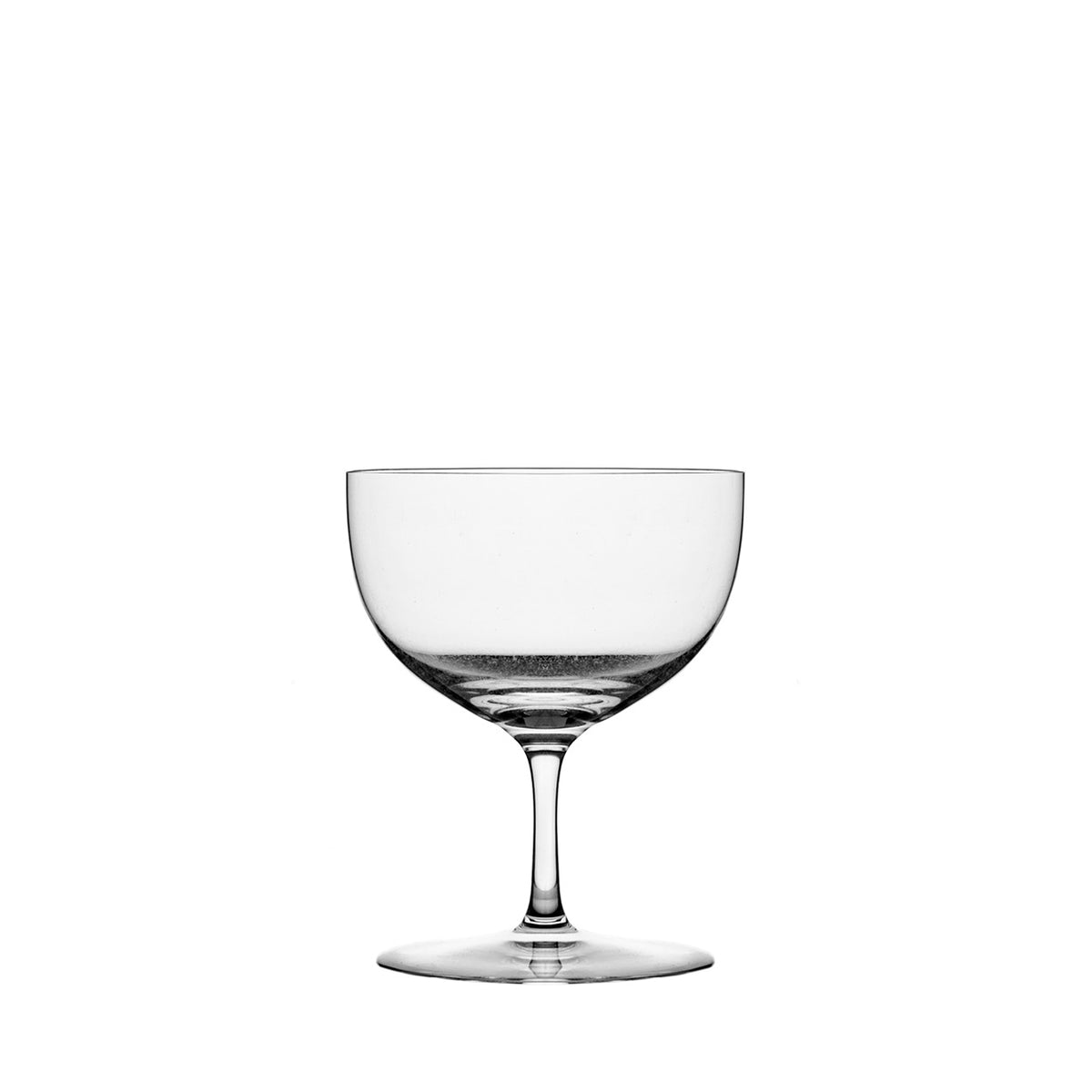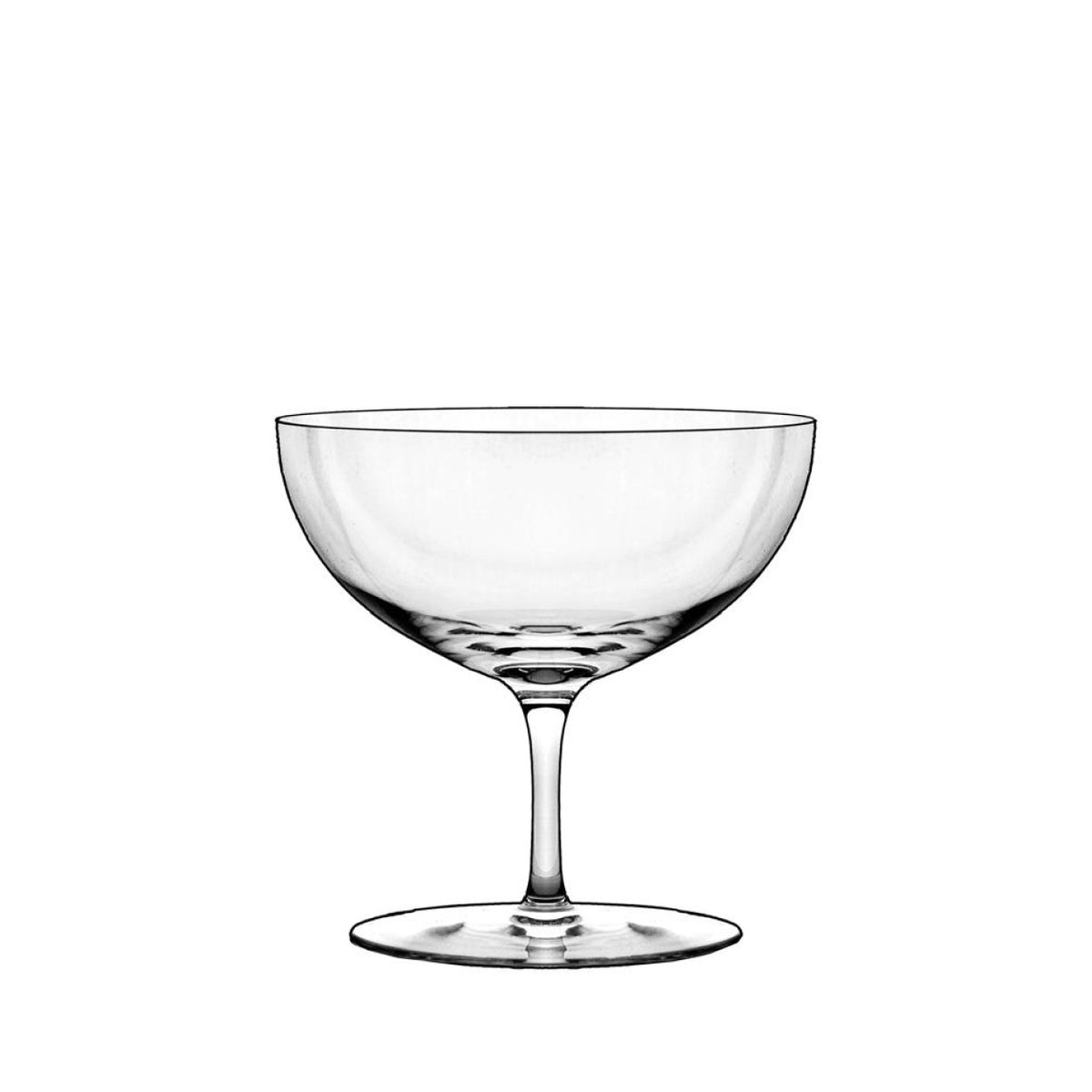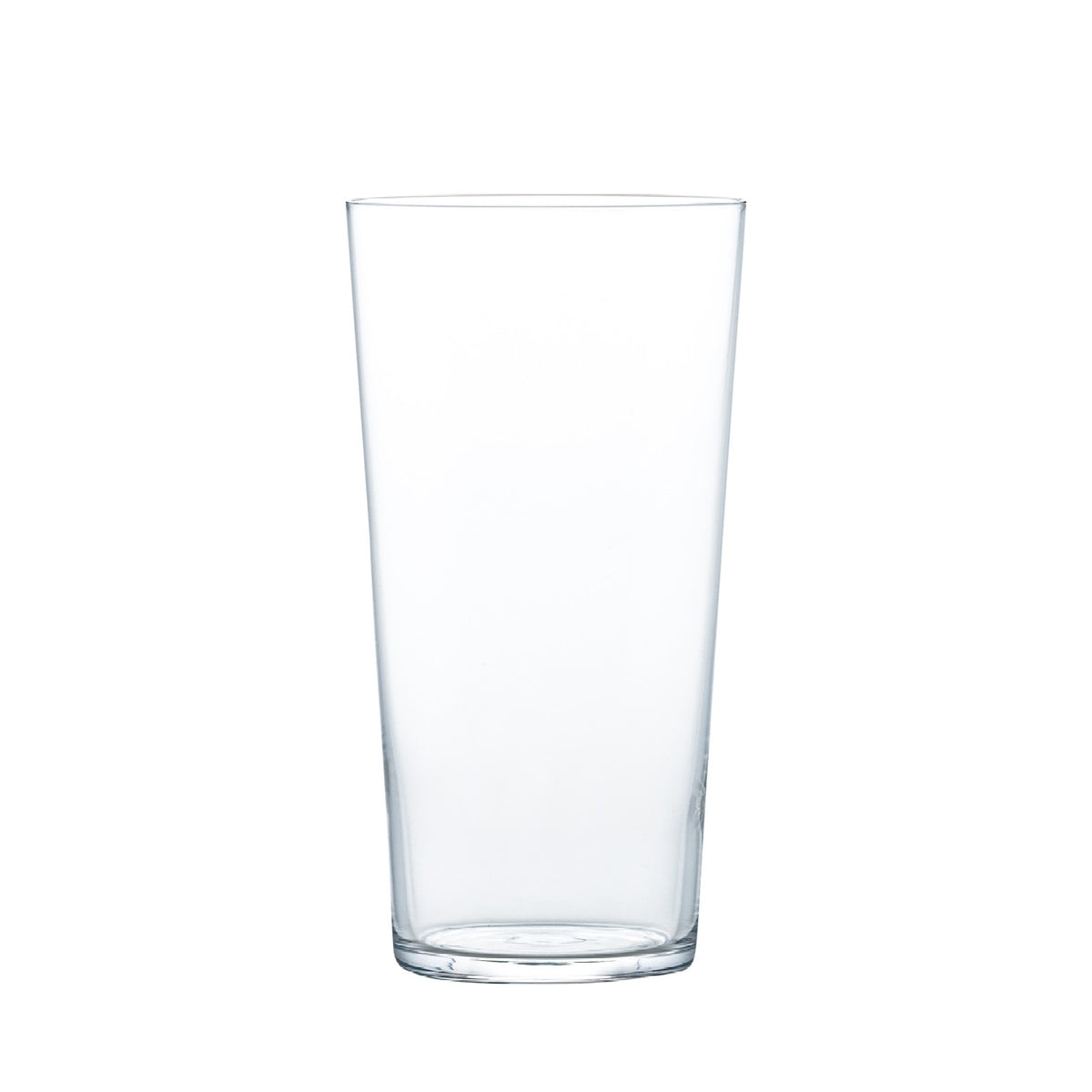The history of Gin & Tonic
This Sunday (April 9th) we're celebrating Gin & Tonic Day in Sweden, so why not make a quick stop and check out the historically popular drink?
Gin was known as "Dutch Courage"
Gin, or Genever was created in Flanders – the current Netherlands. It was during the Thirty Years War that the English soldiers fighting in Holland discovered a new drink that they would soon bring back home, which really spread its popularity.
Genever was commonly used as a remedy for heartburn, gout or pain caused by gallstones. A glassful was also served to soldiers to galvanize them before battle, and the English quickly acquired a taste for this elixir, which they called “Dutch courage”.
“The Gin and Tonic drink has saved more Englishmen’s lives, and minds, than all the doctors in the Empire”
Winston Churchill
Tonic for your health
Tonic was developed by French pharmacists Pierre-Joseph Pelletier and Joseph Bienaimé Caventou who were the first to isolate quinine.
By 1870, it had grown in usage since soldiers in British India were prescribed to take doses of it to fight malaria. However, quinine is very bitter. So in order to make it easier to drink, they started mixing it with sugar and water. Inspired by these uses, Schweppes added quinine and citrus extracts to its carbonated water, which gave birth to Indian Tonic.


It soared in popularity in the 1900s, not only thanks to the endorsement from Churchill. If we skip through the dark ages of cocktail history (known as the 70's through the 90's) the drink started rising in popularity again in Spain. Copas filled with artisanal gins and elaborate botanicals drew attention, and the trend started around the world again.
Although it’s a simple cocktail, like all well-made drinks, there’s a finesse to mastering the G&T. Nowadays we have entire bars dedicated to the infinite possibilities of the drink.
Check out our take on the classic down below and happy Gin & Tonic Day!


